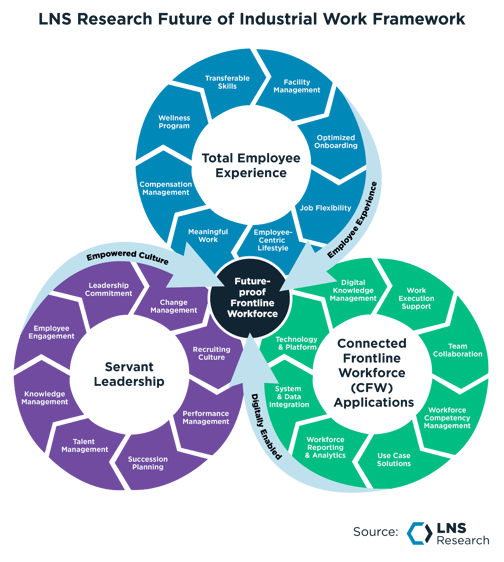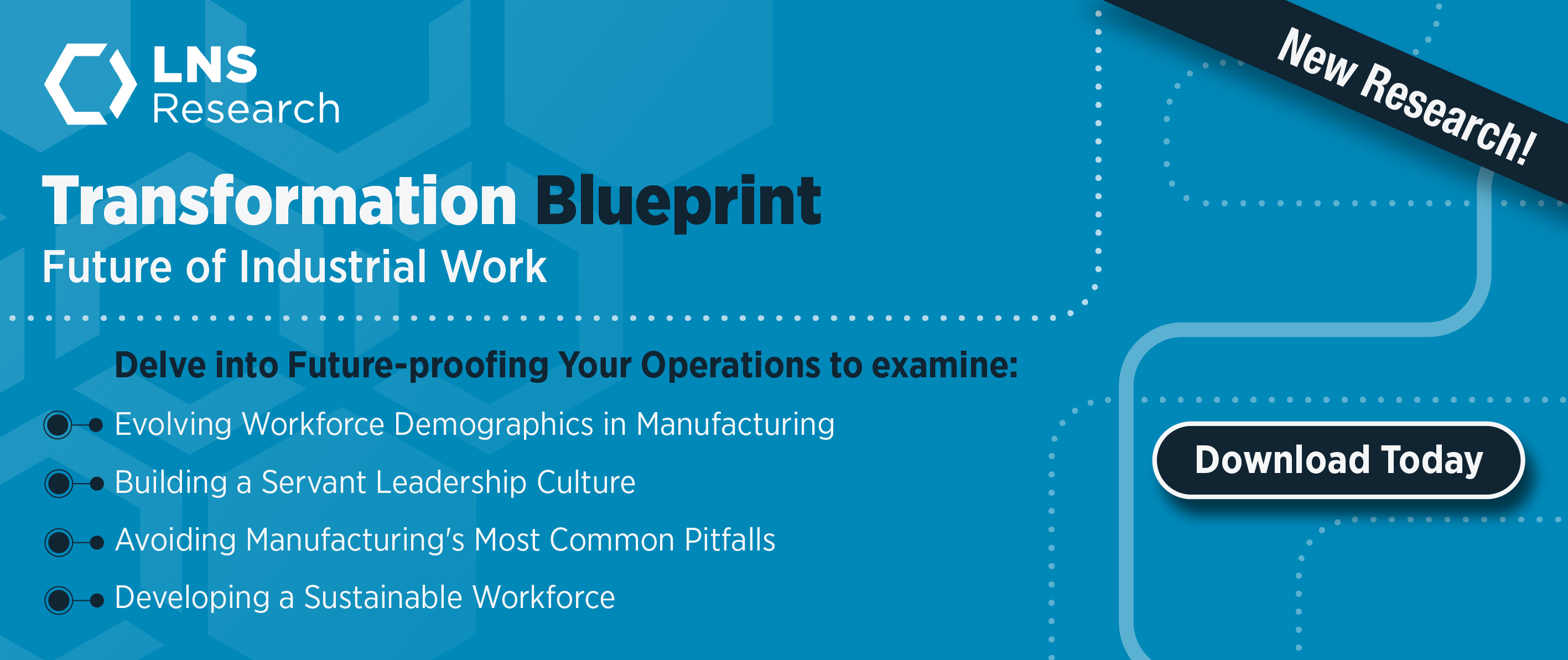Lessons from the Executive Table
What do you get when you combine 40 manufacturing executives in one room to discuss Digital Transformation? Best practices and innovative thinking that addresses your toughest operational challenges. At LNS Research’s recent Pathfinders Executive Roundtable event in Atlanta, the focus was on engagement as thought leaders from across the industry work to accelerate their transformation journey.
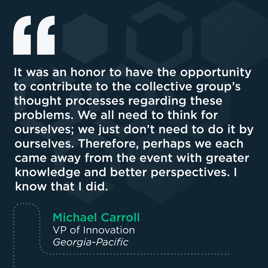 During the event, much of the conversation revolved around collaboratively addressing the challenges related to the workforce. This blog aims to spotlight the key best practices exchanged that are instrumental in driving improvements for the Future of Industrial Work (FOIW).
During the event, much of the conversation revolved around collaboratively addressing the challenges related to the workforce. This blog aims to spotlight the key best practices exchanged that are instrumental in driving improvements for the Future of Industrial Work (FOIW).
Why Technology Alone Isn't the Answer
Technology is deeply ingrained into nearly every aspect of our daily existence, and Digital Transformation has become table stakes. Many manufacturers are struggling to adapt to changing workforce dynamics, with over 80% lacking the digital enabling technology that the newer generation has come to expect on the job.
Unfortunately, manufacturers often see emerging technology as the solution to the ongoing workforce crisis. Adopting technology in and of itself frequently backfires as most technology-led programs fail to scale. LNS Research commonly finds this approach is a barrier preventing the pivot from vision to value.
Transformation leaders have the mindset that technology is a critical enabler but not the solution itself. Adopting human-centric technology that prioritizes user needs and increases workforce engagement is a quickly growing trend that is solving workforce challenges. Nearly 80% of our FOIW Roundtable attendees see user experience and team collaboration as very important to solution selection.
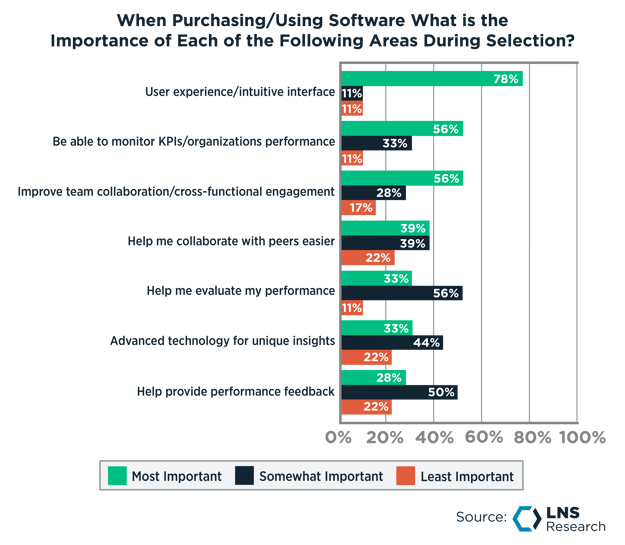 LNS Research FOIW Roundtable attendees recognize the importance of user experience.
LNS Research FOIW Roundtable attendees recognize the importance of user experience.
Overcome Your Workforce Challenges with Empowered Teams
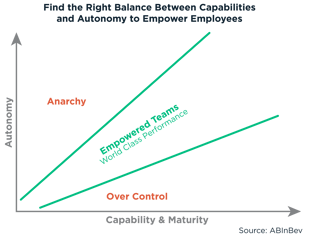 ABInBev, the world's largest brewer, focused on empowering the workforce and Unified Performance Excellence (UPX) programs. Executives made a conscious decision to put the spotlight on building new capabilities across manufacturing and not the technology being adopted. These efforts enabled significant safety, quality, and productivity performance improvements year-over-year.
ABInBev, the world's largest brewer, focused on empowering the workforce and Unified Performance Excellence (UPX) programs. Executives made a conscious decision to put the spotlight on building new capabilities across manufacturing and not the technology being adopted. These efforts enabled significant safety, quality, and productivity performance improvements year-over-year.
The ABInBev strategy concentrated on:
-
-
-
Fostering a culture where leaders empower employees and decentralize decision-making.
-
Building problem-solving capabilities at all levels of the organization to include the shop floor.
-
Developing a governance process to ensure technology aligns with overall transformation goals.
To empower shop floor decision-making, ABInBev shifted its approach to defining the management system for the plant rather than focusing on leadership. Toolkits are created to replicate the balance of capabilities and autonomy achieved by top performers. Additionally, facilities are given set criteria to develop their own technical solutions that can be scaled.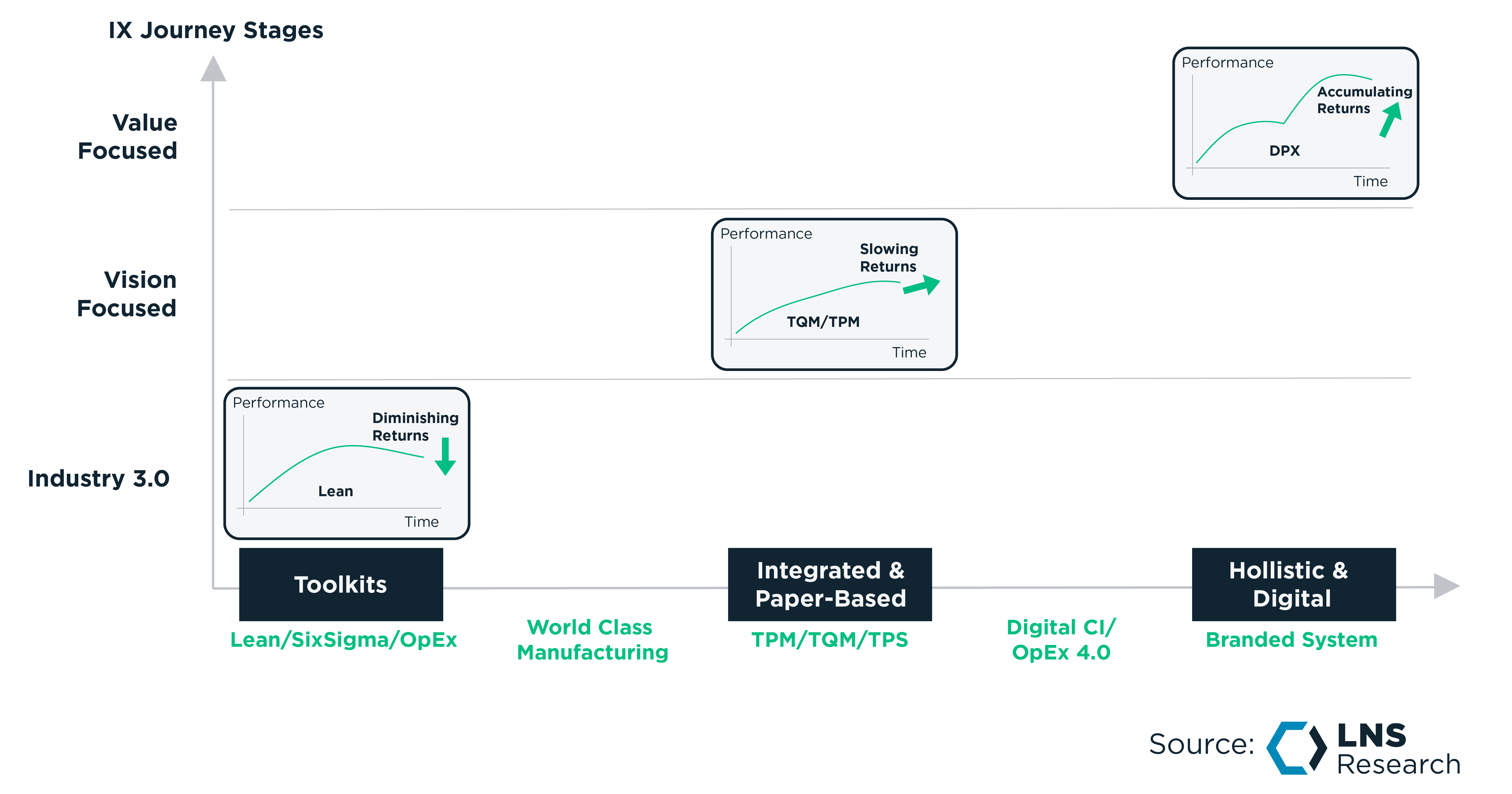
The LNS Research UPX Framework Fuels the Vision to Value Pivot
ABInBev has substantially increased workforce productivity, with the least productive sites (bottom quartile) now surpassing the median performance of the most productive sites (top quartile) from five years before. These investments enabled the frontline to dedicate more time to process improvements by eliminating approximately 13% of the non-value-added tasks from their day. This success underscores the importance of investing in manufacturing capabilities and following the LNS Research UPX framework to improve and achieve accumulated returns continuously.
How You Can Leverage What Leaders Already Know
Manufacturers must recognize the need to reinvent the operating model to adapt to evolving workforce dynamics. Executives can create their own success stories by leveraging the learnings shared at the LNS Research Pathfinders Executive Roundtable event: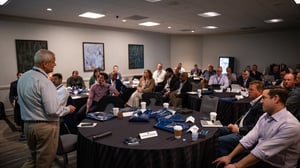
-
-
-
Prioritize workforce skills and development to enable problem-solving down through and to the shop floor. Executives must focus efforts on growing the people along with the business. Newer generations actively seek companies committed to developing individuals. Use a "boots on the ground" approach to engage with the workforce and reinforce the expectation to build problem-solving capabilities.
-
Promote experimentation with a focus on innovation and growth to catalyze innovation. Efforts should consistently look at how work and processes can be simplified and continuously improved. Millennials and Generation Z have different learning styles and preferences, but they also bring new perspectives to existing processes and technology. Build a culture that promotes collaboration with and involvement in others to create innovative new working methods.
-
Engage the workforce in developing digital enabling technology to accelerate adoption. Provide employees with the tools needed to capture, improve, and transfer knowledge, as well as deliver actionable insights during work execution. While dashboard popularity has increased visibility, it does little to help employees perform better. Regularly communicate the benefits to the workforce and the business before deploying technology.
